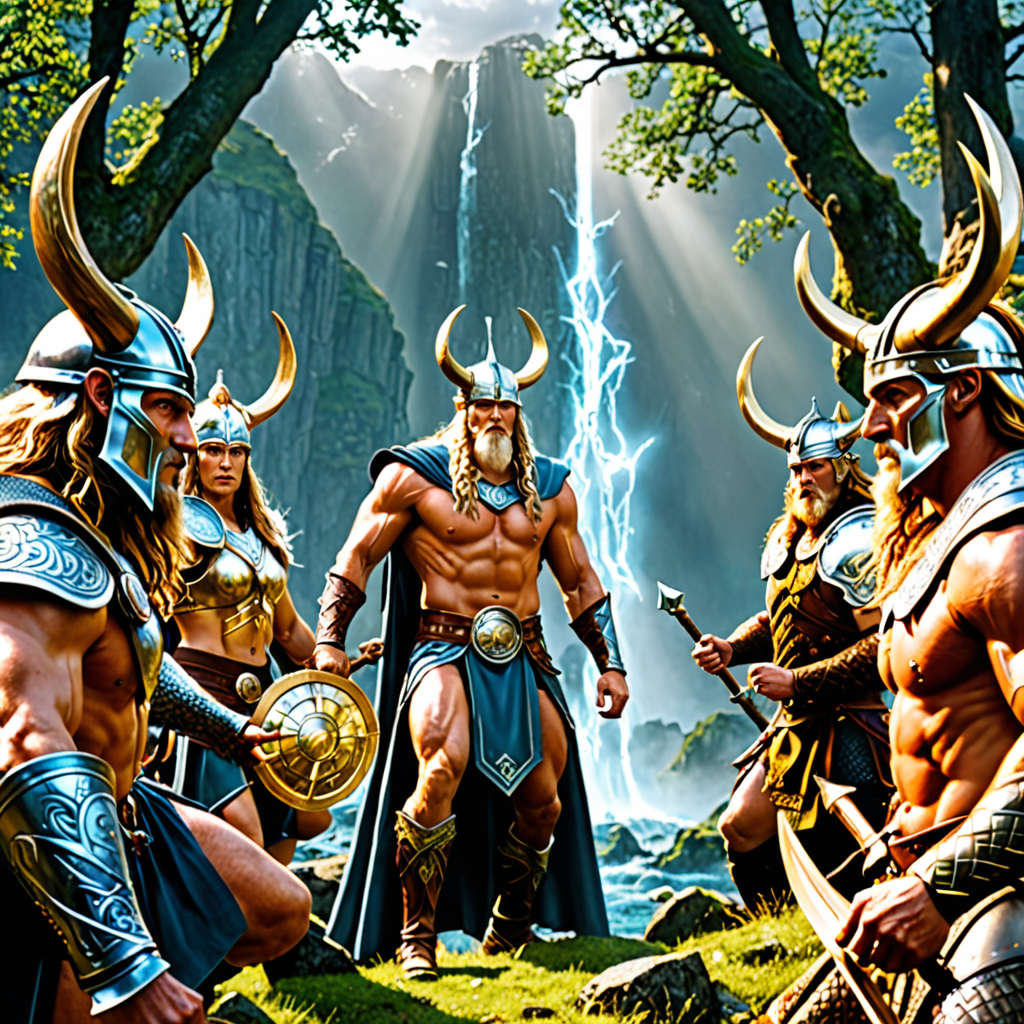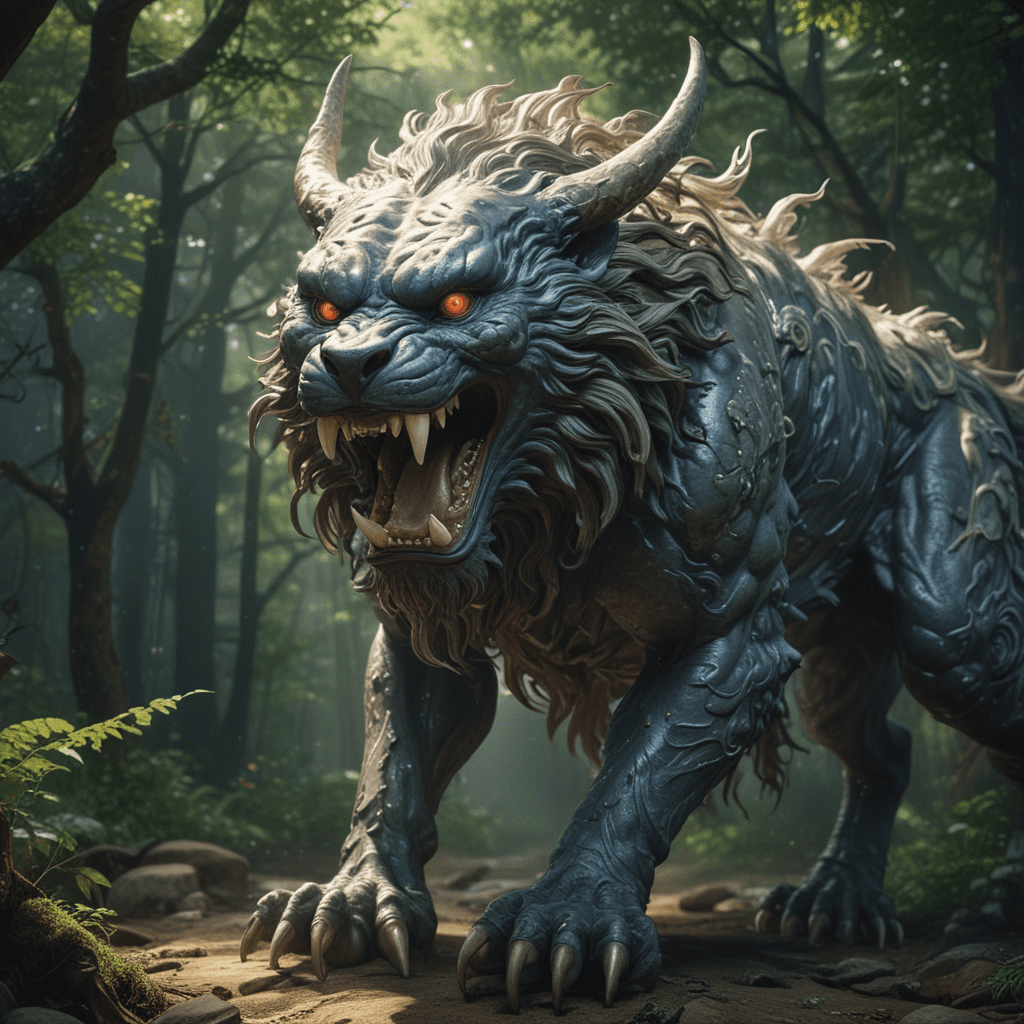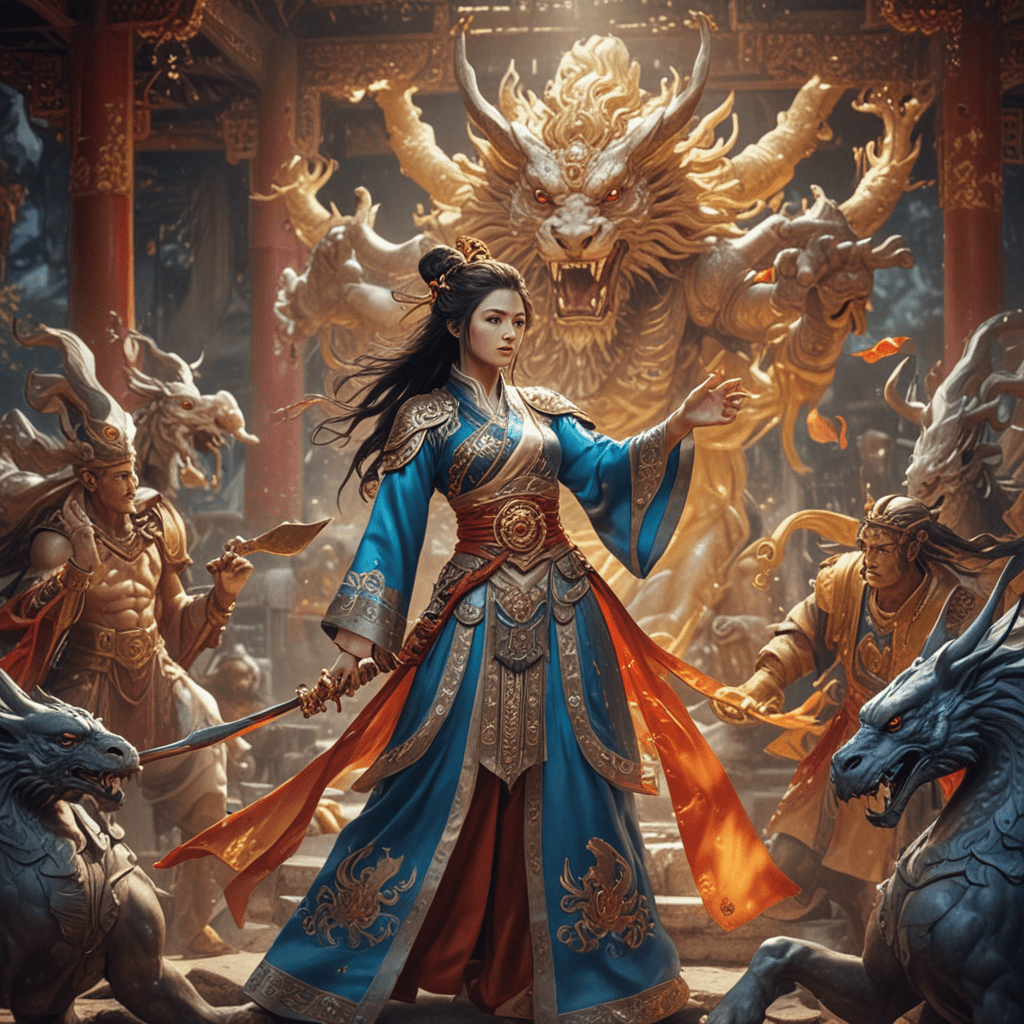The Concept of Transformation in Norse Mythology
Understanding Transformation in Norse Mythology
In Norse mythology, transformation plays a significant role in shaping the beliefs and stories of the Norse gods, creatures, and realms. The concept of transformation goes beyond physical changes and often involves events that alter the course of fate and destiny.
The Symbolism of Transformation
Transformation in Norse mythology represents rebirth, growth, and the cyclical nature of life. It symbolizes the idea that change is inevitable and can lead to personal and spiritual development. Gods like Loki, who shape-shifted and caused mischief, embody the transformative nature of the myths.
Examples of Transformation in Norse Mythology
One of the most famous examples of transformation in Norse mythology is the tale of Odin sacrificing his eye to gain wisdom. This self-imposed change reflects the sacrifice needed for growth and transformation. The story of Fenrir, the monstrous wolf, growing in size to challenge the gods illustrates the power of transformation.
The Impact of Transformation in Norse Culture
For the Norse people, transformation represented the interconnectedness of life, death, and rebirth. It influenced their understanding of the world and shaped their rituals and beliefs. The tales of gods and heroes undergoing dramatic changes resonated with the idea that renewal and transformation are essential parts of existence.
FAQ about the Concept of Transformation in Norse Mythology
What is the significance of transformation in Norse mythology?
Transformation in Norse mythology often symbolizes change, growth, and the cyclical nature of life. It is closely tied to themes of death and rebirth, reflecting the Vikings’ belief in the interconnectedness of all living beings.
Which Norse gods or beings are associated with transformation?
Several Norse gods and beings are linked to transformation, such as Loki, the trickster god who can shape-shift into various forms, and Odin, who undergoes symbolic transformations like sacrificing an eye for wisdom.
How does transformation manifest in Norse myths?
Transformation in Norse myths can range from gods assuming different forms to disguise themselves, to magical objects like Thor’s hammer, Mjölnir, which can change its size. Animals such as wolves and serpents also symbolize transformation in these stories.
What lessons can we learn from the concept of transformation in Norse mythology?
The concept of transformation in Norse mythology teaches us about the inevitability of change, the importance of adaptation, and the enduring nature of life’s cycles. It encourages us to embrace transformation as a fundamental aspect of growth and renewal.




